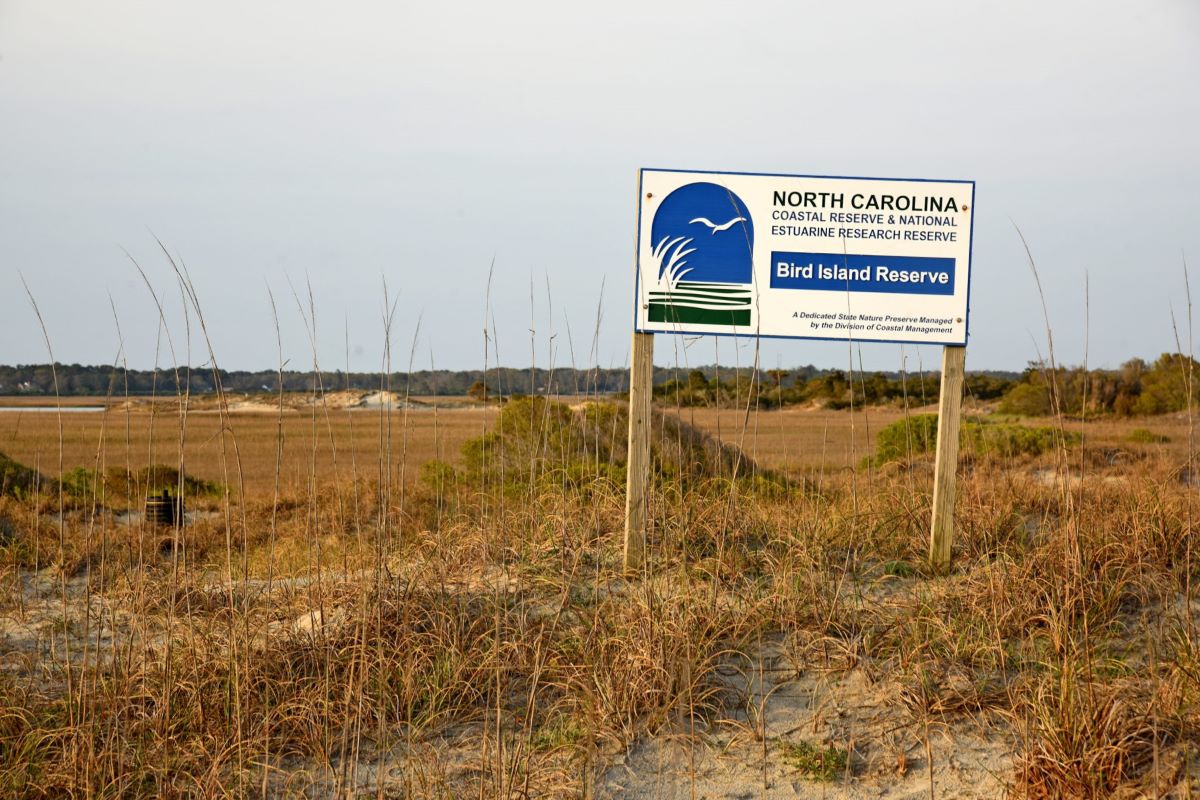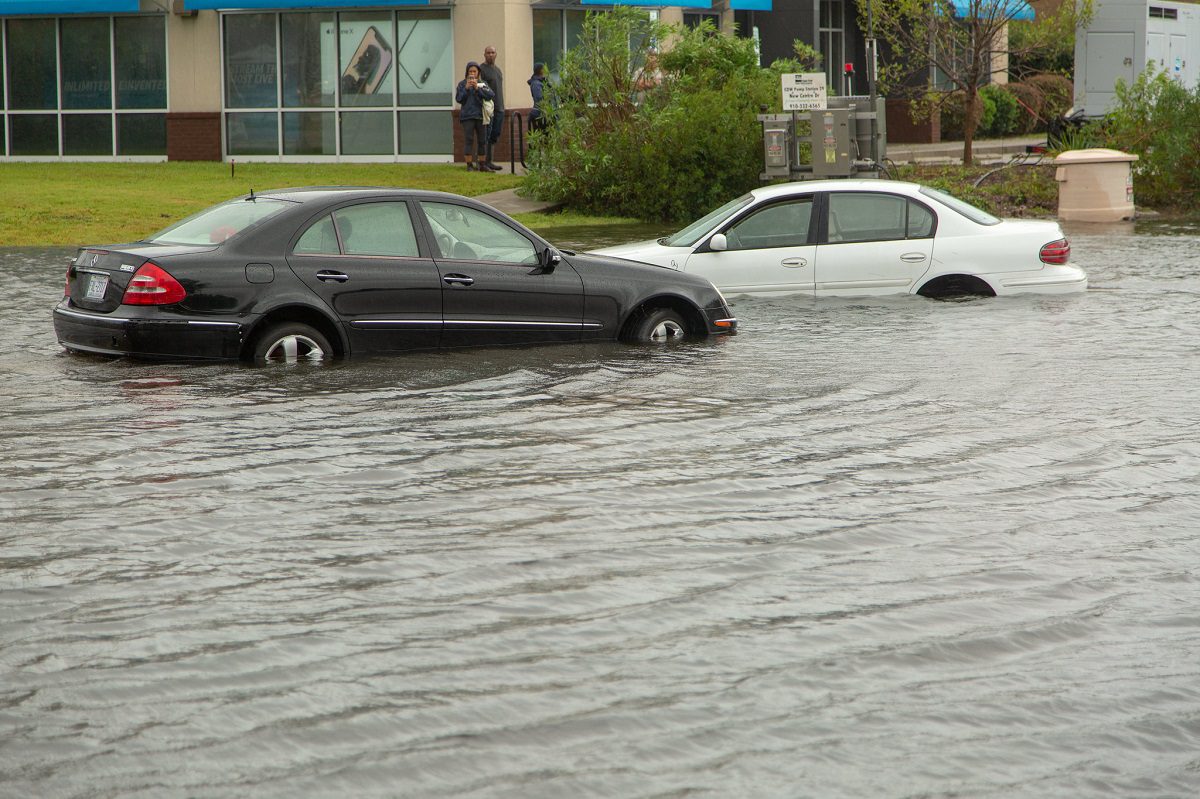
Graduate students can apply for a fellowship to conduct hypothesis-based research within one or more of the 10 sites making up the North Carolina Coastal Reserve.
North Carolina Sea Grant and the N.C. Coastal Reserve and National Estuarine Research Reserve are accepting applications until 5 p.m. Friday, April 1, for the $10,000 2024 North Carolina Coastal Research Fellowship.
Supporter Spotlight
“This fellowship program, entering its second decade of service to North Carolina graduate students, is looking to continue its strong track record of student training and research results for the Reserve System,” North Carolina Sea Grant Deputy Director John Fear said in a statement. “I look forward to proposals from our universities’ main campuses and students at coastal labs.”
The N.C. Coastal Reserve and National Estuarine Research Reserve are under the North Carolina Department of Environmental Quality’s Division of Coastal Management. The reserve is a network of 10 protected sites along the coast that total more than 44,000 acres of essential habitat.
There is particular interest in work involving Kitty Hawk Woods Reserve, Buxton Woods Reserve, Emily and Richardson Preyer Buckridge Reserve, Permuda Island Reserve, Bald Head Woods Reserve and Bird Island Reserve.
Officials strongly encourage proposals from graduate students at historically Black colleges and universities, minority-serving institutions and/or from traditionally underserved and underrepresented communities, as well as from graduate students who can demonstrate how their work and related outreach will benefit underserved and underrepresented communities.
Organizers said that projects should address one or more of these coastal management issues:
Supporter Spotlight
- Sediment dynamics and influences on shoreline position, habitat type, and quality.
- Sources and impacts of emerging contaminants, plastics, and marine debris.
- Impacts of invasive species on coastal ecosystems.
- Habitat restoration practices and/or shoreline stabilization approaches.
- Effects of water quality on the Reserve’s flora, fauna, and/or habitats.
- Wetland carbon stocks and soil and flora properties driving spatial variability.
- Influences on maritime forest habitat distribution, changes, and health.
- Application of innovative technologies to enhance research and monitoring in coastal systems.








